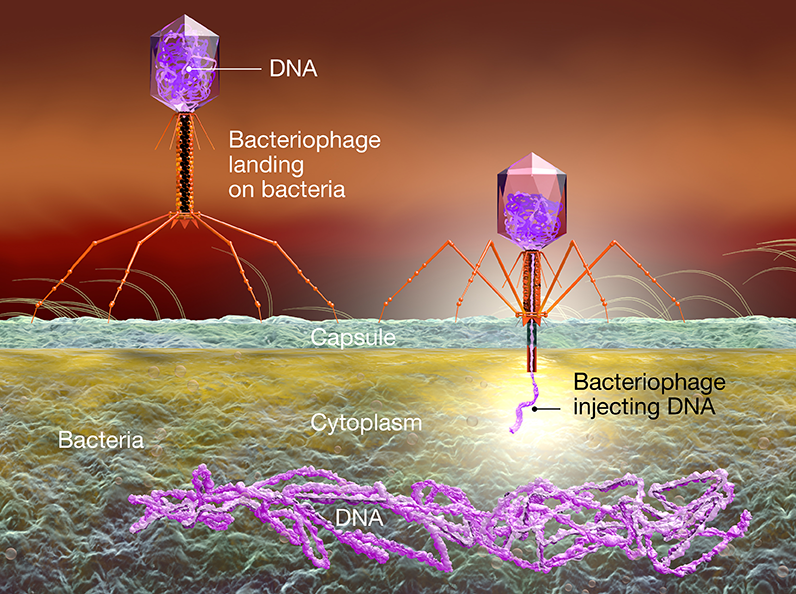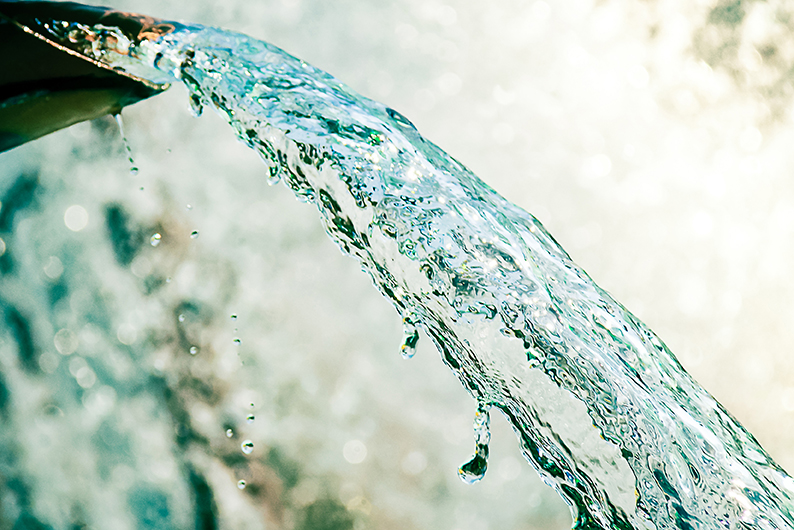Published: 23/09/21 14:40 Categories: Microbiology
There is no denying the importance of microorganisms and their associated hazards in contaminated water. Microorganisms may be present in swimming pools and any public or private facility, so the monitoring of bacteria such as E. coli, P. aeruginosa and Legionella spp. is the norm.
However, many epidemiological studies and microbiological risk assessments have demonstrated the relevance of viruses in gastrointestinal diseases, as they surprisingly are the main culprits.
Viruses in the air and in water?
Enteric viruses are a group of pathogens found in recreational and wastewater, due to contamination from humans and other sources. Data from the U.S. indicate that they are the number one cause of outbreaks in these aquatic environments.
The disinfection treatments of treated water are indeed effective for bacteria removal, but this is not always the case for viruses. In some cases, this has provided an opportunity, the most recent example being the COVID-19 pandemic and the possibility of monitoring wastewater, that is, a tool to determine the concentration of the virus in a population in a simple and fast way.
Coliphages: the new indicators

Of particular importance among these enteric viruses are a subset of bacteriophage viruses that specifically infect E. coli cells, called coliphages. Especially, F-specific (MSC) and somatic (SC) coliphages have been proposed in recent years as more reliable indicators, since their resistance to remain in the environment is greater than that of bacteria.
These viruses are generated almost exclusively in human and animal feces, reproducing in a controlled manner under specific conditions of high densities of coliphages and, of course, E. coli host cells at elevated temperatures.
Once in the environment, their replication is complicated if the previous conditions are not met, however, coliphages can persist due to their tendency to be adsorbed into surfaces. It is also important to mention their resistance to conventional physical and chemical treatments such as UV disinfection, chlorination, ultrafiltration, photo-oxidation, thermal processes, and the addition of lime to generated sludge.
Are they then reflected in legislation?
All this scientific evidence has had an effect, leading to the publication of two documents related to water quality last year. Regulation (EU) 2020/741 on minimum requirements for water reuse, includes total, F-specific and somatic coliphages, together with E. coli and C. perfringens as indicator microorganisms for class A wastewater.

Similarly, the Directive (EU) 2020/2184 on water quality intended for human consumption points to somatic coliphages as one of the parameters to be evaluated. Both documents were published during 2020.
Did you already have coliphages in mind as the next importance indicators? Do you analyze them on a regular basis along with Escherichia coli? Would you like to learn about methods to do so?
Contact us to learn more about these viruses and available testing methods.

 Food fraud: How do we detect it?
Food fraud: How do we detect it?
 Visit Us at MEDICA 2025 – Discover Our Precise Detection Solutions
Visit Us at MEDICA 2025 – Discover Our Precise Detection Solutions
 PCR: The Technique Revolutionizing Rapid Detection in the Food Industry
PCR: The Technique Revolutionizing Rapid Detection in the Food Industry
 How Culture Media Ensure the Safety, Efficacy, and Quality of Medicines
How Culture Media Ensure the Safety, Efficacy, and Quality of Medicines
 Meeting us at MEDLAB MIDDLE EAST 2025
Meeting us at MEDLAB MIDDLE EAST 2025